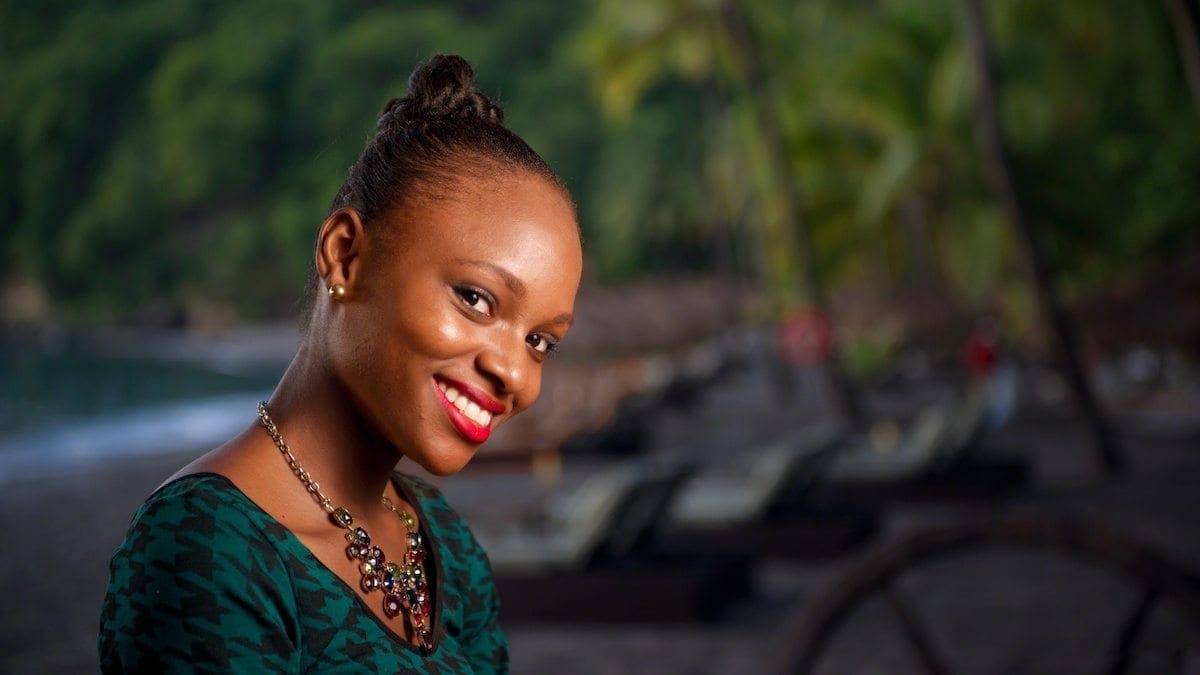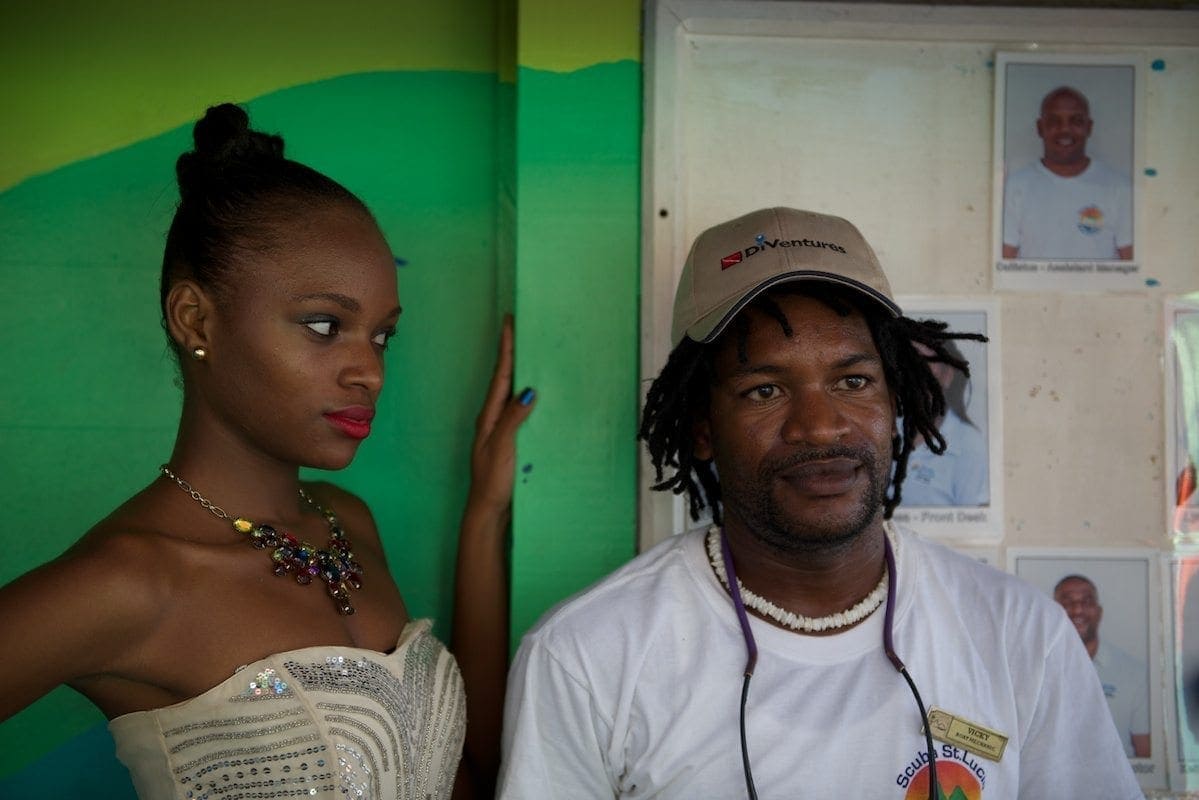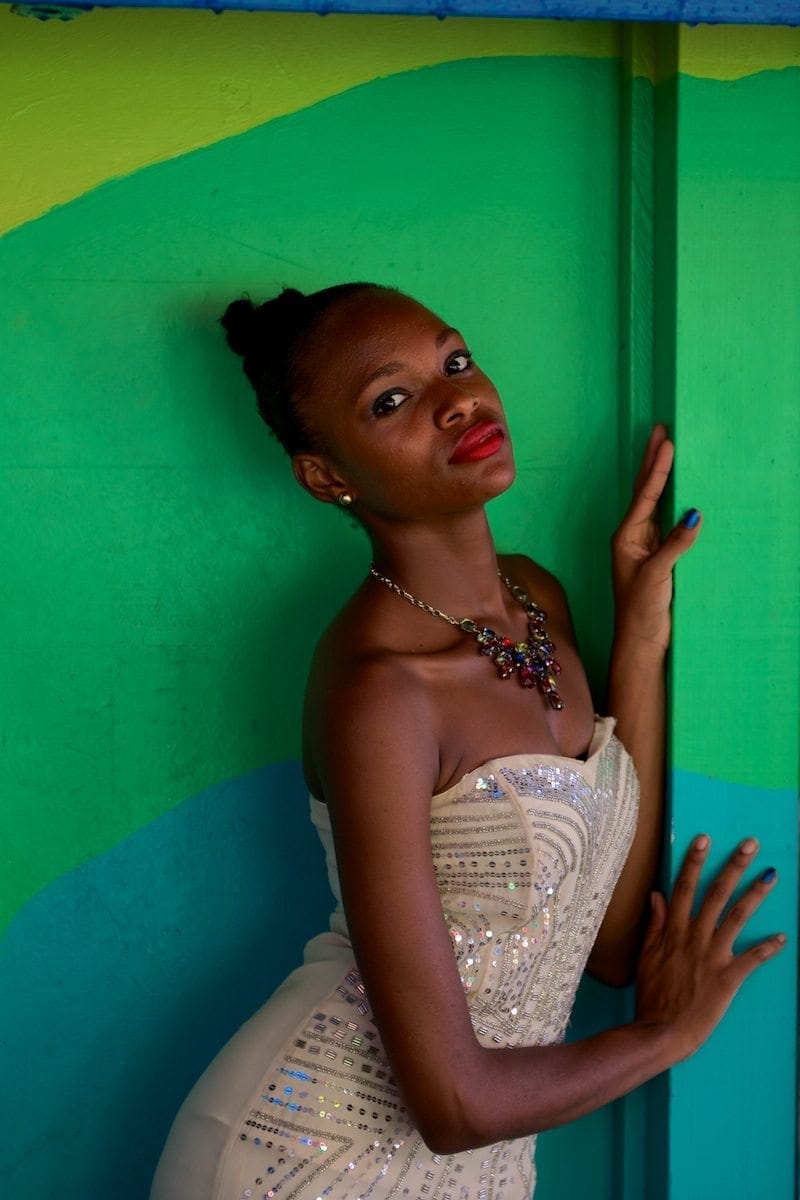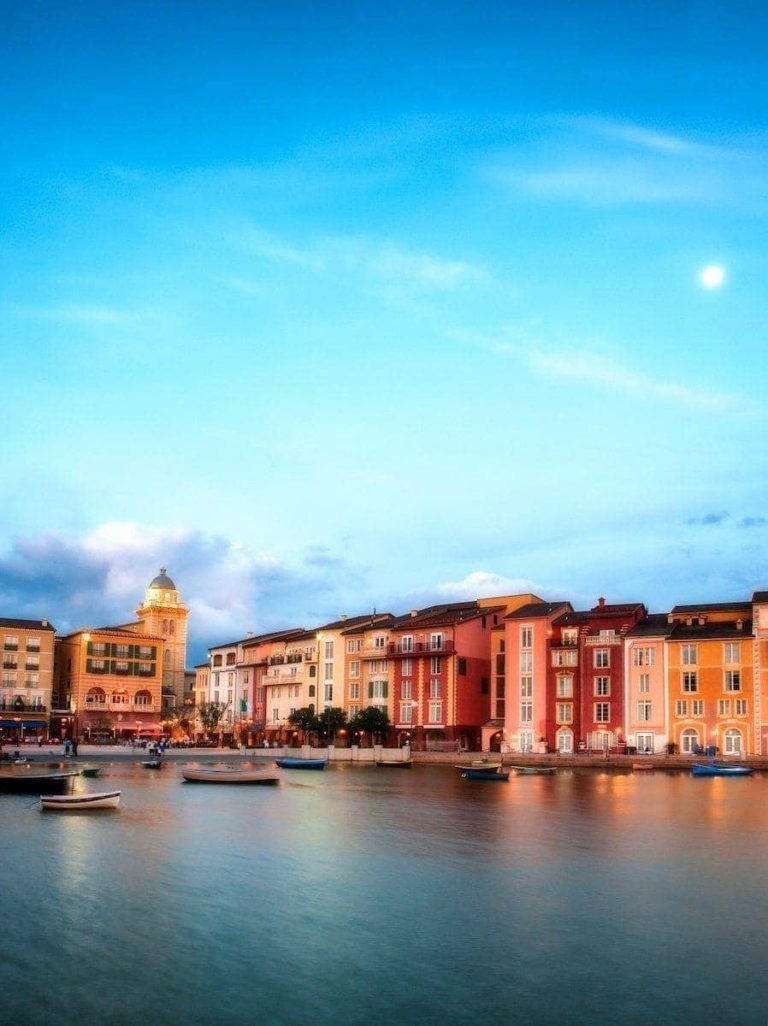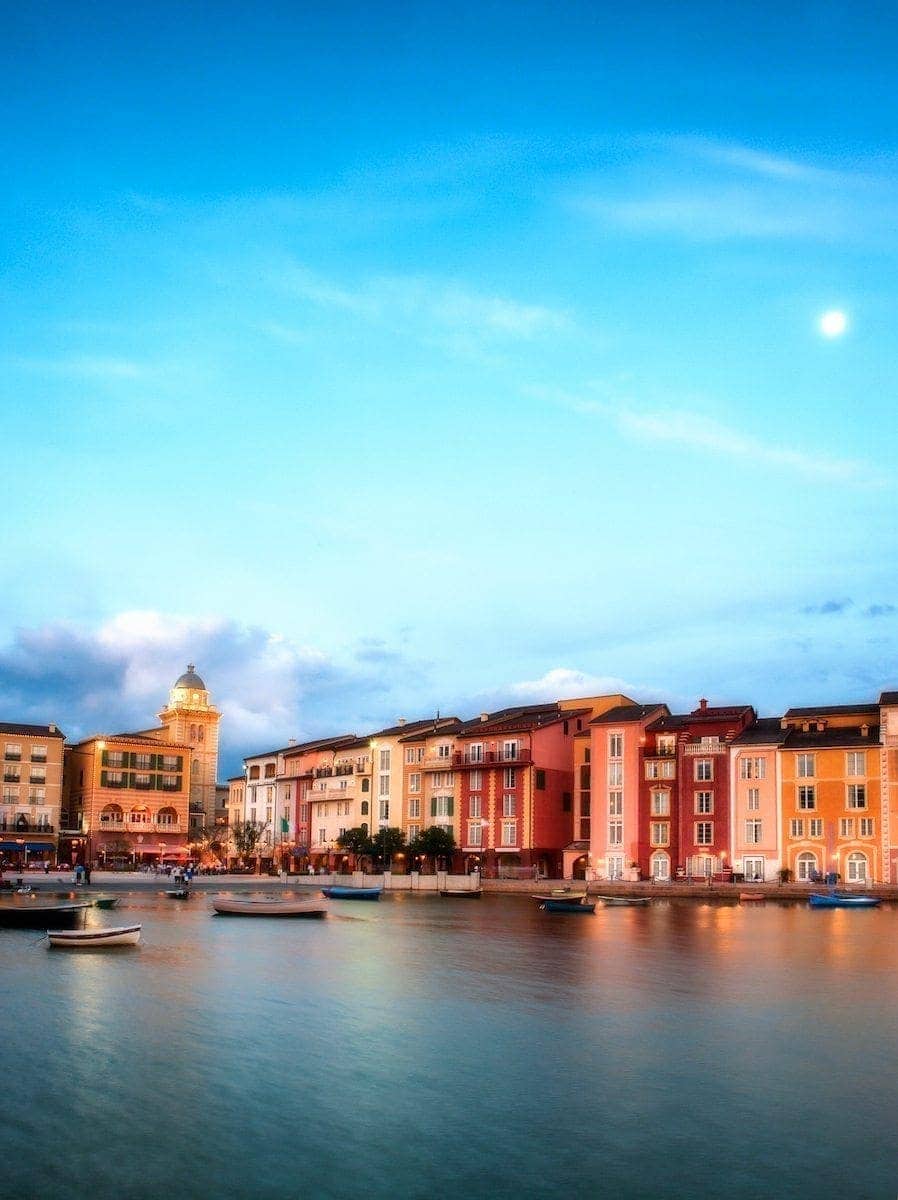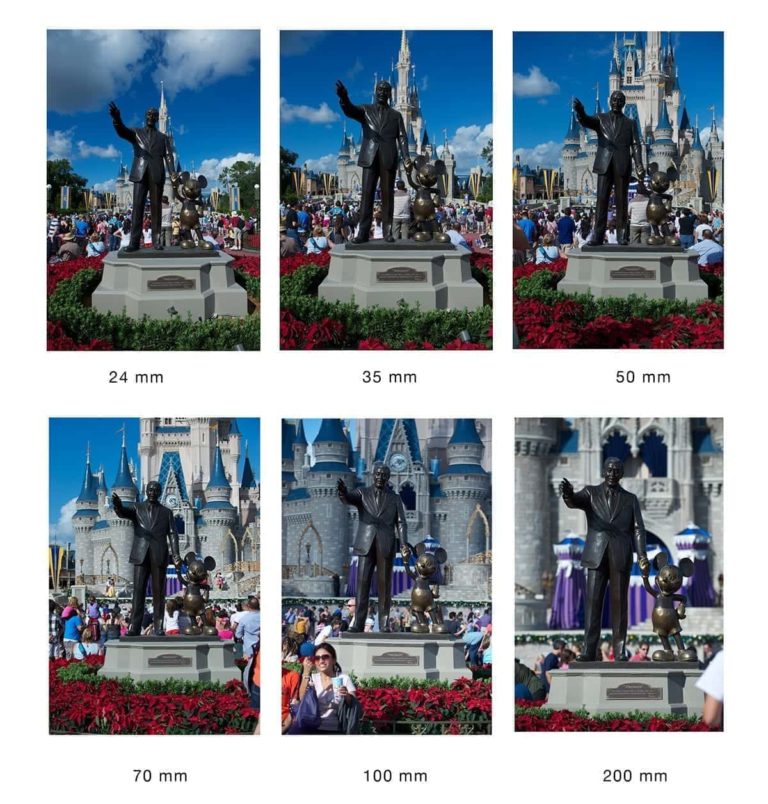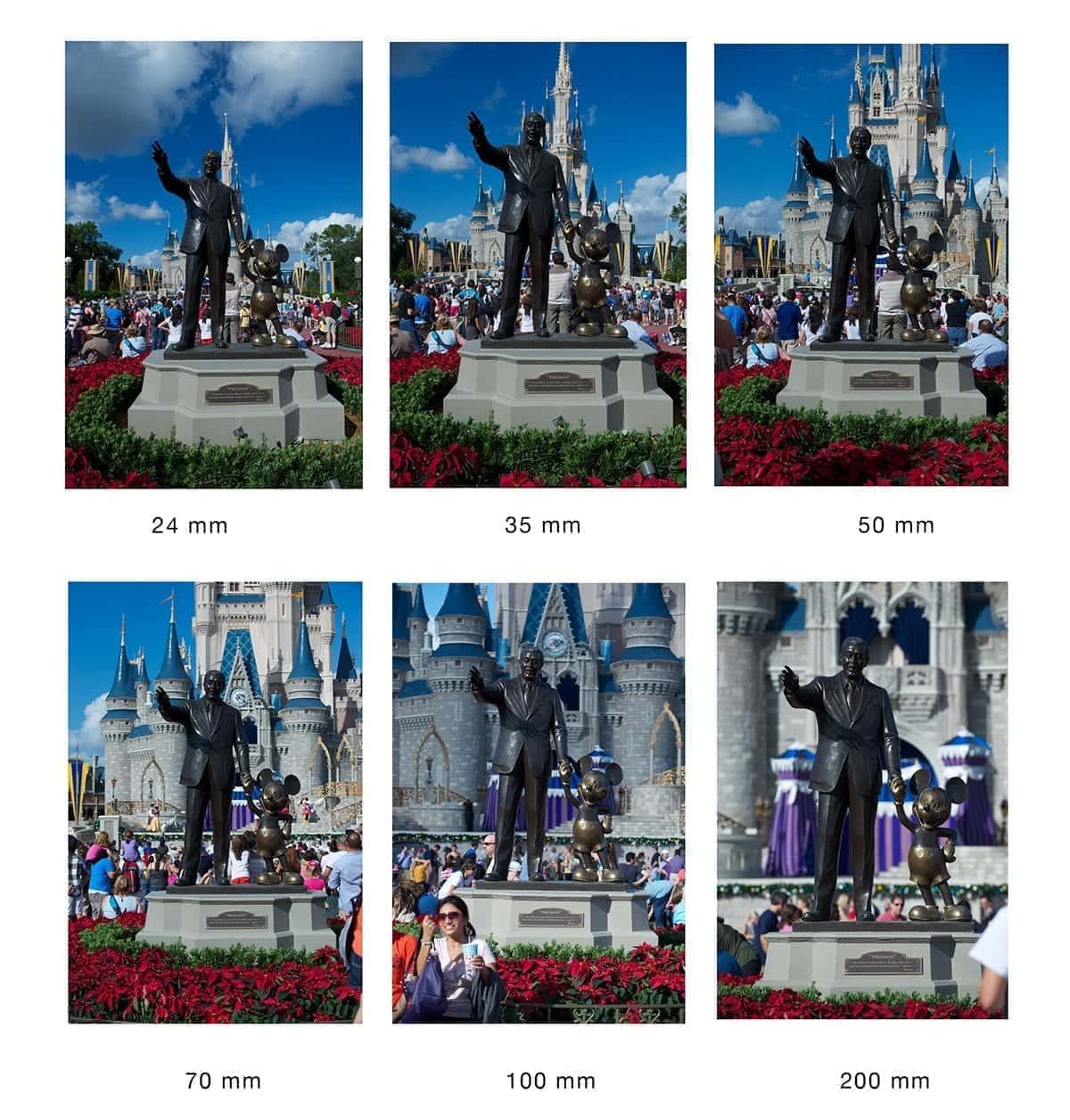Affiliate Disclosure: We earn a commission if you purchase through one of our links at no additional cost to you.
My start to Joe McNally’s Advanced Flash Workshop in Saint Lucia wasn’t off to an auspicious beginning. That’s a nice way of saying that I couldn’t buy an idea to save my life.
It Starts With Dinner
I arrived on Sunday evening, sharing a van with one of the other participants and his wife. Tony Drumm and I have chatted online for a while, but this was our chance to meet in person. Really nice guy and I would say the same for his wife Lynn, except that she is, in fact, not a guy. Still nice and was a constant source of a smile.
The travel boards are full of horror stories about the roads in Saint Lucia leading up to the resort. Turns out that the three of us are motorcyclists and we loved the roads. Lots of curves, plenty of places to really dig into the road.
There is no need to worry about falling off a cliff alongside the road if you’re paying attention. Hell, a woman drove her car off an I-4 overpass near where I live in Orlando yesterday, crashed into multiple cars below, and she still survived. Why would it be any worse in Saint Lucia?
I digress.
The last couple of miles are on a rather bumpy stretch of road. Damn rib jarring potholes are more like it, but they serve a purpose. It keeps out those who don’t really need to be in the resort.
Once you get there, the staff ushers you into a reception area and hands out cold towels with what seems like mint and eucalyptus in them. Very refreshing, which is just what you need once you realize that you’re out of the air-conditioned van and into the sweltering heat of Saint Lucia in late August.
Later that evening, I strolled down the stairs of constant sorrow to the restaurant and asked for a table. Someone was smart enough to ask if I was part of the group. Hmm, I am part of a group. Then they pointed out a long table for a group dinner. Maybe I should have paid attention to the nice letter that Joe sent before I left.
Everyone showed up and looked very nice and presentable. There I was in a bright red t-shirt that said “Bazinga” and figured this is going to be my fate for the rest of the trip. I brought a plethora of t-shirts and used them all.
Dinner with the group was a great way to kick off everything. We all had a chance to meet each other informally, talk about any random things that came up. Joe gave introductions and an overview of what to expect, keeping everything very relaxed and easy-going.
The evening got late, the bar band was jamming, and we parted company for the evening.
First Class
Having an open room, it was easy to wake up before most folks. Partly because of the sunlight, and partly because of that damn blackbird I mentioned in the previous post. I often got to the classroom an hour or more before class.
That worked out nicely, as I forgot something else that was in Joe’s note – to bring some photos for an initial critique. Fortunately, I had some time to grab a few images online and shared those later.
Some people I’ve known may be intimidated by a critique from Joe, but I wasn’t worried. Not that I thought I brought killer images, but because I knew that Joe wasn’t going to be harsh. As I expected, he never laid into anyone. He commented on things he liked, areas for improvement, and always wound up the critique with “Good job!”
Personally, I’m one of those photographers who is never really satisfied with my own images. That’s why I’m at a workshop. I very much want to learn and improve my portrait photography. The idea for me was to try and understand how Joe thinks when he approaches his subject. Joe asked each of us what we were hoping to achieve and before I could spit out that answer, Tony mentioned that he wanted to get inside Joe’s head.
Joe laughed in a way that said, “You poor bastard.”
It seemed to be a sentiment that we all shared, though. Much to Joe’s credit (and Cali and RC, also), he shared everything we wanted to know. There were no secrets or mysteries. By the end of the week, we all crawled around in Joe’s head and discovered his approach. I came out of this week feeling very much like a changed man, and believing that my entire approach to photography will change for the better.
Class time ran from 9:00 am until Noon. We took a three-hour break and then got back together at 3:00 to shoot every day, often about three or four hours. The next day, we started again with a critique of the photos we just shot.
A couple of key things came out of Joe’s class and critiques. First, he suggested that we don’t just show our best shots, but also include some mistakes because those are keys to learning. Second, he also mentioned that you can learn as much – perhaps even more – by assisting rather than shooting. I took that to heart on this first day of shooting.
Shooting On The Beach Where I Couldn’t Buy An Idea
We met back in the classroom and picked up our lighting kit. Tony and I paired up as a team and wandered down to the beach with our gear plus:
We met two models, Alana and Herma, and Joe proceeded with some demonstration. Very simple techniques, yet very effective. Despite his reputation for using multiple flashes, Joe followed up on his earlier classroom presentation on how to get effective shots without a flash. The Tri-Grip as a diffuser seemed particularly nice.
It wasn’t just a matter of providing shade on the subject for flat, even lighting. As he moved the diffuser closer, we could see how the light changed and created a beautiful glow on the model’s face. No flash, harsh sun, yet absolutely beautiful light on the model.
Now here’s the part where everything changed. I’ve watched Joe do his demonstrations online and at Photoshop World a few times. Always good information. However, it’s completely different when he turns to you and says “Now you go do it.”
Shit suddenly got real.
That’s when I realized that I couldn’t buy an idea to save my life. It’s also where I made my biggest mistake and realized that it’s a mistake I’ve been making all along.
Here’s what happened, at least in my view. Tony and I wandered out with our model and looked around for a background. We’re looking to avoid clutter, find leading lines, get some color contrast – all those clichés. Ultimately, I thought it all sucked.
I looked at the other team and I wanted to do what they were doing. No imagination on my part at all. Instead, I’m feeling a sense of pressure that had absolutely no validity.
Tony made some lovely shots. In fact, I wish I had seen some of the things that he shot, but I just wasn’t seeing it. Instead, I was thinking of technical issues instead of creative issues. Things like trying to meter for the ambient background and how to light my subject. Nothing very good came from it, but here’s a sample.
Realizing that I was flailing about, I decided to help Tony rather than do as much shooting for myself. Watching him taught me a few things, as I could also see him working out similar issues.
On the other hand, it gave me a better chance to work with positioning the light and seeing how it affected the result. We basically limited ourselves to the Tri-Grip and a single flash for our shots.
When I was shooting, I can tell that I made mistakes when instructing Tony where to position my light source. It was easier to see how my earlier choices were in error when I was assisting him, though. There’s something to be said for stepping back.
When the camera is up against your eye, you’re trying to resolve a number of problems simultaneously.
The other problem that I alluded to earlier was that we were trying to get too many shots, rather than just working one scene very well. All of the technical mistakes I made on the first day were useful, but this was the key lesson I took with me for the rest of the week.
It’s not a matter of how many different shots I can get in a location. It’s a matter of crafting images very well.
This is one of the very useful things about workshops. I know many people who go to workshops hoping to come home with some killer images, but that wasn’t my intention. Instead, I wanted to learn so I could come home and create some killer images. The workshop is a safe place to go and make mistakes that will teach you how to achieve your objective.
Why I Should Have Bought An Idea
It’s my turn to shoot again. On review, I realize that I only shot with one model – Herma. I never got any shots of Alana, but that’s OK. Since the other group was over by the dive shop area against the colorful walls, I looked to the next building for something similar.
When I got there, I met one of the divers who worked there and decided to pull him into the photo. Even had a whole concept to go with it. The idea was to have him looking off at the water thinking “Hey, it’s a good day to go for a dive.” Then have Herma next to him with a look that says “Why the hell don’t you ever take me out anymore?”
I tried a few frames and ended up with shots like this one.
Not winning any awards with this idea. Vicky is a nice guy, but he just didn’t have an expression that really worked. Worse, I discovered that the second building didn’t have a nice wall full of color, but that half of it was covered with photos of dive instructors.
Bad idea, bad location, it just didn’t work at all
During the critique the next day, Joe summed up my error quite nicely. “This side good. That side baaaaad!“
What I should have done was take a few shots, realize it wasn’t working, and politely ask Vicky to stand aside so I could shoot Herma against the colorful part of the building.
The shoot ended and we gathered at the bar to watch Joe with a demonstration. He had an idea for lighting the beach bar at sunset. Prior to watching him go through this scene, I would have never thought to use ten flashes in such a way to light a bar, and yet have none of those flashes appear noticeable in the end result.
Every light had a purpose, though. It seemed that they were all flowing at full power, too. While my previous efforts for the day were full of failure, his demonstration really drove the points home for me.
Each of these things, and many more, were part of an overall process of evaluation, tweak, shoot, evaluate again, etc. Joe wasn’t trying to see how many shots he could get from the models or changing angles on the bar.
It was simply one scene that was carefully evaluated, crafted, and shot. After each evaluation, he would add something or take something away, Move a light here, move a person there. The image was in his mind and he needed to direct everything to make it happen.
I really didn’t want to talk about the first day or show these shots, but the experience was a very important part of my lesson. I went into it as the same photographer that I’ve always been but came out of it with a sense of enlightenment.
It wasn’t the individual items that helped me, but rather the experience of how they came together. Within a few hours, I was broken down and revitalized by the experience.
Fortunately for me, that lesson started to take hold the next day and built for the rest of the week.

